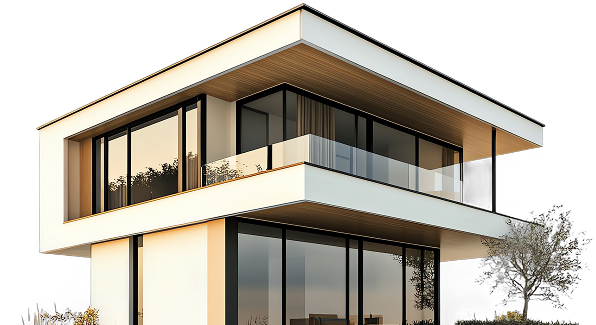Replacing a roof is one of the most significant investments homeowners can make in maintaining their property. While it’s an essential upgrade to ensure safety, durability, and aesthetic value, understanding the true new roof cost Florida in 2025 is critical for effective budgeting. As roofing materials, labor costs, and technological advancements continue to evolve, this guide will help you navigate the financial aspects of a roof replacement.
Factors Influencing Roof Costs
The cost of a new roof can vary dramatically depending on several key factors:
- Roof Size: Larger roofs require more materials and labor, increasing the total cost. The size is measured in roofing squares, with one square equaling 100 square feet. Knowing your roof’s dimensions is essential for accurate budgeting.
- Material Choice: The type of roofing material you select significantly impacts the overall cost. Asphalt shingles remain the most affordable option, while metal, slate, and tile roofs are more expensive but offer greater durability and aesthetic appeal.
- Complexity of Design: Roofs with steep slopes, multiple angles, or intricate designs require more skill and time to install, leading to higher labor costs.
- Location: Regional differences in labor costs, material availability, and climate considerations can affect pricing. For instance, areas with extreme weather may require specialized roofing materials, which could increase costs.
- Labor and Installation: Skilled labor is essential for ensuring a quality installation. In 2025, labor costs are expected to rise due to inflation and increased demand for roofing professionals.
- Additional Features: Features like insulation, ventilation systems, or solar panels can add to the expense but offer long-term benefits such as energy savings.
- Permits and Disposal: Many localities require permits for roof replacement, and you may also need to pay for the disposal of old roofing materials.
Average Costs in 2025
Based on industry trends, the average cost of a new roof in 2025 is expected to range from $5,000 to $15,000 for a standard asphalt shingle roof on a typical residential home. Here’s a breakdown of costs by material:
- Asphalt Shingles: $5,000–$10,000. Affordable and widely used, these are ideal for homeowners on a budget.
- Metal Roofing: $8,000–$20,000. Durable and energy-efficient, metal roofs are suitable for long-term investment.
- Slate Roofing: $15,000–$30,000. Offering unmatched durability and aesthetic appeal, slate is a premium choice.
- Tile Roofing: $12,000–$25,000. Ideal for warmer climates, tile roofs are both stylish and long-lasting.
Keep in mind that these estimates are based on average roof sizes and straightforward installations. Complex designs, large roofs, or additional features could increase costs further.
Hidden Costs to Consider
When budgeting for a roof replacement, it’s important to account for potential hidden costs:
- Structural Repairs: If the underlying roof structure is damaged, repairs will add to the expense.
- Emergency Repairs: If the roof replacement is due to unforeseen damage, expedited service may come with additional charges.
- Upgrades: You may choose to invest in features like improved insulation or weather-resistant materials, which can increase upfront costs but provide long-term savings.
Tips for Budgeting
Planning ahead can make the roof replacement process smoother and more affordable:
- Research Materials: Compare different roofing materials to find a balance between cost and durability.
- Get Multiple Quotes: Obtain estimates from several contractors to ensure competitive pricing.
- Plan for Contingencies: Set aside extra funds for unexpected costs that may arise during the project.
- Consider Financing Options: Many roofing companies offer financing plans to help homeowners manage costs over time.
Long-Term Benefits of a Roof Replacement
While the upfront cost of a new roof can be substantial, the long-term benefits often outweigh the expense. A new roof improves energy efficiency, enhances property value, and ensures the safety of your home. Investing in quality materials and professional installation can save you money on repairs and maintenance in the future.
Conclusion
Replacing a roof in 2025 is a significant financial commitment, but with careful planning and budgeting, homeowners can make informed decisions. By understanding the factors that influence costs and prioritizing quality and durability, you can ensure a successful roof replacement that protects your home for years to come. The true cost of a new roof is not just about the initial expense—it’s an investment in the longevity and comfort of your property. Elevate your construction projects with expert solutions from https://multitradeconst.com/ partner in excellence and innovation.


